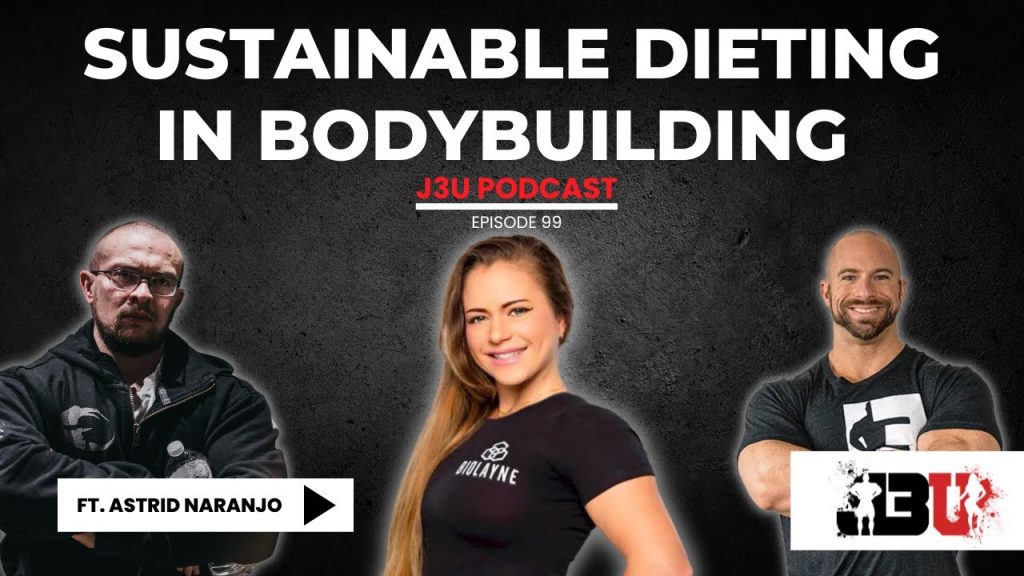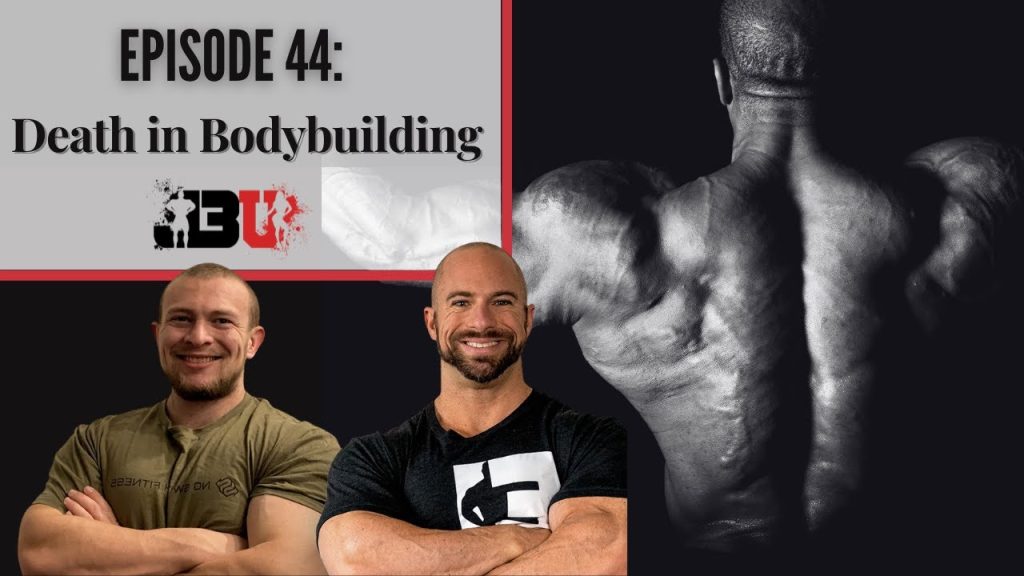Utilizing the Back Off Set for Hypertrophy
The question does come up if you should just keep the same load for all your sets or should we be altering load set to set. So, say you go to failure on all sets with a fixed load this would look like 100lbs x 10,8, 6 reps. The reps drop set to set due to fatigue. The other option might be to reduce the load set to set to prevent repetitions from dropping like 100lbsx10, 90lbs x10, 80lbsx10 reps. There are several ways to structure this. But the purpose of this would be to keep all sets within an effective rep range for hypertrophy and mitigate fatigue to allow for a higher training volume. Let’s see what the nerds say about this.
Study:
Purpose:
Compare the effects of 17 weeks of resistance training with the same fixed load set to set or reducing the load set to set on muscle strength, hypertrophy and rate of perceived effort.
Subjects:
21 resistance trained males. Study stated 2 years of training experience, the average body weight was 75.1 kg, so not mass monsters in other words.
Design:
17 weeks of training Trained 3x per week All session were 3 sets of Barbell curls and 3 sets of Preacher curls Group 1 3 sets x failure with 10RM Group 2 one set x failure with 10RM, load drop 5% 2nd set to failure, load drop 5% 3rd set to failure Group 3 one set x failure with 10RM, load drop 10% 2nd set to failure, load drop 10% 3rd set to failure
Results:
Total volume amongst all groups for the bicep curl was not significantly different for volume load (set x reps x load), but the volume load for the Preacher curl was 9.7% higher compared to the fixed load group and 12.2% higher than the 5% reduction group. No differences in strength or hypertrophy for the biceps was seen between all groups. However, RPE was significantly lower for the 10% load reduction group.
Discussion:
It was not surprising that hypertrophy was the same amongst groups as we have seen if the number of “hard sets” is equivalent in a variety of rep ranges growth is similar regardless of different volume loads. The Borg RPE scale is a measure of perceived effort or fatigue. So, the subject utilizing the back off sets of 10% perceived less effort and fatigue within the session. This didn’t lead to a change in hypertrophy outcomes, but less fatigue developed in a session may produce more quality work for the rest of the session. These subjects were only doing 6 sets of biceps in a workout, for most body builders this is just 1/5th of a training day for them. Also, bicep curls are not near as taxing as a large compound movement. Set by set a compound movement can generate an exponential amount of fatigue compared to an isolation movement. Back off sets within compound movements may be a fatigue management strategy and allow for higher volume within a session.
Takeaway:
Reducing load by 10% from set to set led to a lower perception of effort compared to 5% set reduction and fixed loads at a 10-rep max.
Load reductions are a strategy to reduce fatigue within a session and this can allow for improved training quality and total volume
A variety of rep ranges can promote hypertrophy and both low rep and high rep have advantage and disadvantages. Load reductions like back offsets can allow you to utilize the full spectrum of rep ranges and reap all benefits
Back off sets might have benefit as well if your initial first set is low rep EX:5-8reps and fatigue would cause subsequent sets to decrease to less than 5 reps not accumulating enough effective volume for hypertrophy.
My person preferred method is a top set of 6-10 reps, then a 25% load reduction for another set of 10-15 reps.
Train Hard!
John Jewett MS RD
IFBB Pro
Reference:
- Lima BM, Amancio RS, Gonçalves DS, Koch AJ, Curty VM, Machado M. Planned Load Reduction Versus Fixed Load: A Strategy to Reduce the Perception of Effort With Similar Improvements in Hypertrophy and Strength. International journal of sports physiology and performance. 2018:1-20.
































Responses